You've worked the soil, sprouted the seeds or carefully chosen your plants, watered faithfully, and finally your plants are growing and you can almost taste that fresh tomato or crunchy cucumber. But something else is eating your veggies before you get the chance. After all your hard work, those nasty bugs are having a feast at your expense. But you don't have to douse your garden with harmful chemicals to safeguard your crop. Let bugs do the work for you!
Using good insects to remove insect pests that damage or destroy your plants is just one of the ways you can manage your garden without harmful pesticides. Remember, most insects in your garden are either harmless or actually help your plants. When you stop using pesticides, and you have a variety of plants growing near or in your garden, you will attract many allies. There are two types of helpful insects. They are predators: those that eat their prey, and parasitoids: those that deposit their eggs on or into their hosts, eventually killing them.
Catnip Plants
To take advantage of these natural predators, you want to make your garden into a friendly habitat where beneficial insects feel at home.
Make sure you provide:
o Shelter: Keep the soil covered with plenty of organic matter.
o Pure Environment: Never put harmful chemicals into your beneficial insect's habitat. If you use any insecticides to rid your garden of pests, you also run a very strong risk of getting rid of insects that are helpful. When you stop using all chemicals, you might temporarily experience a sudden increase in pests. It could take a while for the beneficial insect population to grow to adequate levels
o Food: Keep in mind that most of the predators and many of the parasites also use pollen and nectar for food. You'll want to include plants that bloom at different times throughout the growing season so you always have a source of pollen and nectar.
o Water: Keep the soil moist and water plants in the morning. You can also provide shallow dishes filled with water, or birdbaths with a couple rocks protruding from the water surface, so insects have access to plenty of water.
o Create your garden habitat to lure beneficial insects quickly. Plant annuals like alyssum, cosmos, sunflowers, and marigolds. At the same time, plant perennial flowers and herbs, like yarrow, lavender, mint, fennel, angelica, and tansy. After you have harvested your dill, parsley, carrots, and cilantro, leave the plants in the garden to flower; your insect allies love them.
Here is a list of some of the beneficial bugs you want to attract to your garden.
APHID MIDGE
The aphid midge is a small mosquito-like fly with long legs and long antennae that eats aphids. The aphid midge larvae are effective predators of aphids.
Plants that attract aphid midge include:
o Apples, Blueberries
o Cabbage, Dill
o Ornamental bushes
DRAGONFLY or DAMSELFLY
Dragonflies vary in color, have long narrow bodies 1" - 2" inches long, large compound eyes, and 4 transparent wings. They eat mosquitoes, aphids and other pest bugs.
Plants that attract dragonflies include:
o Caraway, Cosmos
o Fennel
o Goldenrod
GROUND BEETLE
Ground beetles vary in shape and color, but they are usually shiny with jointed legs. Black is a common color, sometimes with a metallic sheen of another color on their wings. They rarely fly, preferring to run when disturbed, and they generally hide in piles of weeds or debris. They are dark, and about 3/4 inch long . They hunt at night in leaf litter looking for insect eggs and larvae, and they feed on cutworms, root maggots, slugs, caterpillar moths, aphids, flies, chiggers, earwigs, and snails.
Plants that attract ground beetles include:
o Evening primrose
o Mint, Rosemary, Thyme
o White clover
HOVER FLY
Hover flies (also called syrphid flies) look like small bees, with yellow, black, or white bands, but they move through the air like flies. Adults must feed on nectar before they reproduce, so they are good pollinators. They lay their eggs near aphids or other soft-bodied insects. When the eggs hatch, the hungry larvae eat up to 60 aphids each day. They also eat mealybugs, small caterpillars, and other small insects.
Plants that attract hover flies include:
o Caraway, Carpet bugleweed, Catnip, Coriander, Cosmos, Daisy, Dill
o Fennel, Goldenrod, Lavender, Morning glory
o Parsley, Peppermint, Spearmint, Sunflowers
o Queen Anne's lace, Sweet alyssum, Wild buckweed, Wild carrot
LACEWING (the most effective predators you can buy)
Lacewings have light green bodies, clear lacy wings, and are 1/2" - 3/4" inch long. The larvae are small, grayish brown, and narrow, and look like little alligators. The larvae and adults devour aphids, mites, caterpillars, mealybugs, leafhoppers, insect eggs, and whiteflies, and other small insects. Individual white eggs are found laid on the ends of inch-long stiff threads.
Plants that attract lacewings include:
o Angelica, Caraway, Coriander, and Cosmos
o Dandelion, Dill, Fennel, Tansy
o Queen Anne's lace, Sweet alyssum, Wild carrot, Yarrow
LADY BUG
Lady bugs prey on aphids and other soft-bodied insects, such as aphids, mealybugs, scale insects and spider mites as well as insect eggs. Lady bugs eat as many as 50 aphids per day. If the lady bugs lay eggs, each larva will eat about 400 aphids before beginning its pupa stage. Spray non-crop plants with sugar water to attract lady bugs.
Plants that attract lady bugs include:
o Angelica, Butterfly weed, Sweet alyssum
o Carpet bugleweed, Coriander, Cosmos, Dandelion and Dill
o Fennel, Goldenrod, Tansy, Wild carrot, Yarrow
MASON BEE
These bees look more like house flies than honey bees, yet they are good pollinators for fruit trees. Most mason bees live in holes and can be attracted by drilling short holes in a block of wood.
Plants that attract mason bees include:
o Fruit trees with staggered bloom (apricot, peaches, plums, cherries, apple, and pear)
o Strawberries, Raspberries, Blackberries,
o Roses
MINIATURE PARASITIC WASP (braconid, chalcid, ichneumid, trichogramma)
These tiny wasps will defend your garden against aphids, caterpillars, tomato fruitworms, tent caterpillars, whiteflies, cabbage loopers and hornworms. Parasitic wasps lay up to 300 eggs in moth or butterfly eggs. They don't live long, so time their release to coincide with the presence of pest eggs. Braconid, chalcid, and ichneumid wasps are much larger than trichogramma, and lay eggs in or on the caterpillar. The hatching eggs eventually kill the host. These wasps do not sting people or pets.
Plants that attract parasitic wasps include:
o Allium, Caraway, Coriander, Cosmos, Crocus, Dill
o Fennel, Goldenrod, Parsley, Queen Anne's lace
o Sweet alyssum, Tansy, Wild buckweed, Wild carrot, Yarrow
PIRATE BUG
The pirate bug eats aphids, thrips, mites, whiteflies, and insect eggs. It lays its eggs on the leaf surface near its prey. The cycle from egg to adult takes only three weeks.
Plants that attract pirate bugs include:
o Cosmos, Fennel, Queen Anne's lace
o Sweet alyssum, Tansy
o Wild buckweed, Wild carrot
ROVE BEETLE
Rove beetles resemble tiny scorpions when they hold the tip of their abdomen up in the air. They are 1/10" -1" inch long, and depending upon species, eat aphids, springtails, mites, nematodes, slugs, snails, fly eggs and maggots. These beetles thrive in leaf litter, fallen decomposing fruits and loose bark off fallen and decaying trees
SOLDIER BEETLE
The soldier beetle has a narrow, black abdomen and bright red head, and is about 1/2" inch long. They look like a firefly, but cannot produce light. The larva is orange with black markings. Soldier beetles eat aphids, caterpillars, grasshopper eggs, other soft-bodied insects, and beetle larvae.
Plants that attract soldier beetles include:
o Coneflowers, Fennel,
o Goldenrod, Hydrangea
o Milkweed
TACHINID FLY
Tachinid flies look somewhat like house flies. They can be brown, gray or black, and some are very hairy. They eat caterpillars including cutworms, codling moths, tent caterpillars, cabbage loopers, squash worms, and gypsy moth larvae.
Plants that attract tachinid flies include:
o Caraway, Cosmos, Dill
o Fennel, Parsley, Spearmint
o Queen Anne's lace, Sweet alyssum, Tansy
You can see that dill, fennel and sweet alyssum appear again and again in the list above, and you can attract many beneficial insects just by including these three plants in your garden. By helping the good bugs to thrive, you can grow more natural and healthy vegetables for you and your family, and keep pesticides out of your food and out of our water supply. For more tips and great links, see the link below to Organic Eden. Happy gardening!
Let Bugs Do the Work! How Good Bugs Can Help Your Garden to Thrive
 [b]Catnip[/b]
[b]Catnip[/b]

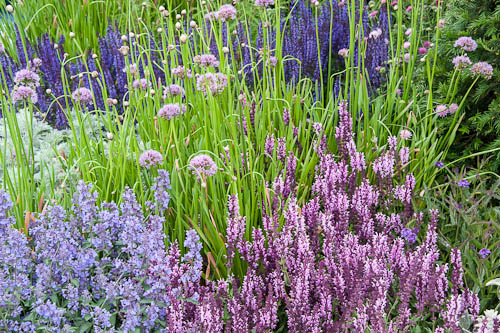 [b]Catnip[/b]
[b]Catnip[/b]
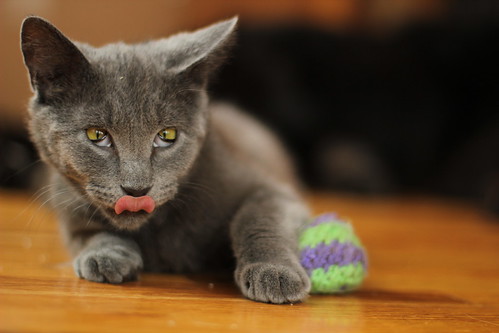
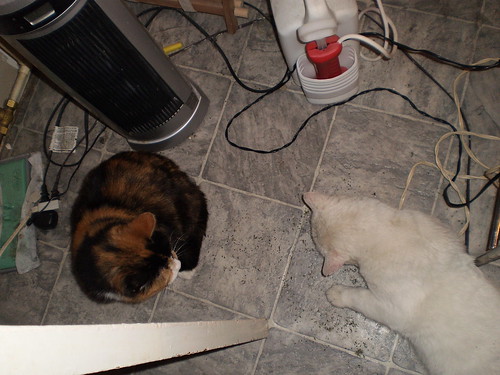 [b]Catnip[/b]
[b]Catnip[/b]
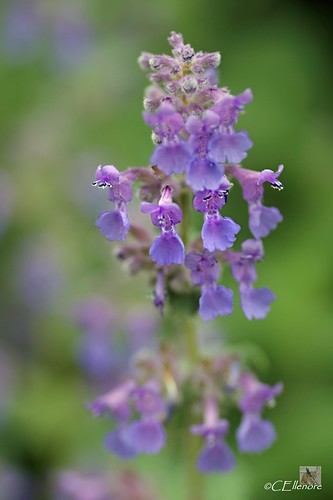 [b]Catmint[/b]
[b]Catmint[/b]

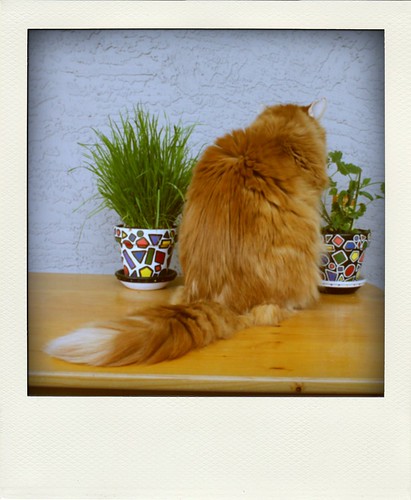 [b]Catmint[/b]
[b]Catmint[/b]
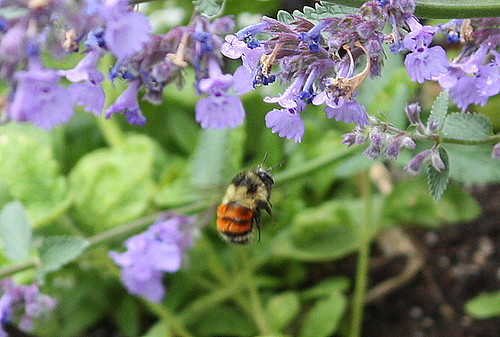
 [b]Catnip[/b]
[b]Catnip[/b]
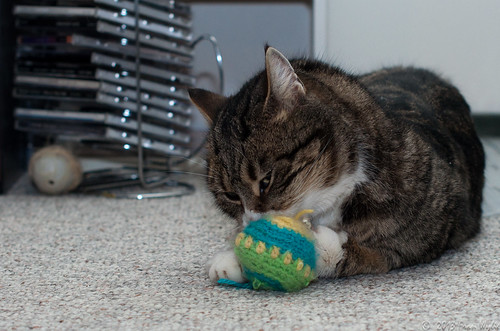 [b]Catnip[/b]
[b]Catnip[/b]

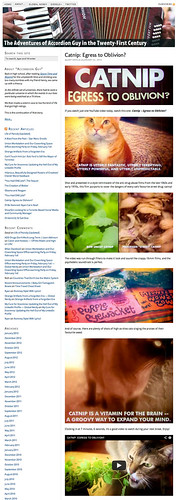 [b]Catnip[/b]
[b]Catnip[/b]
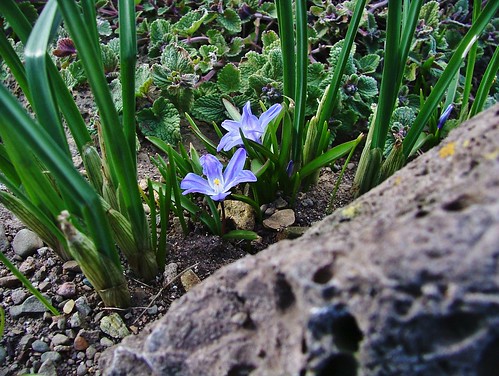
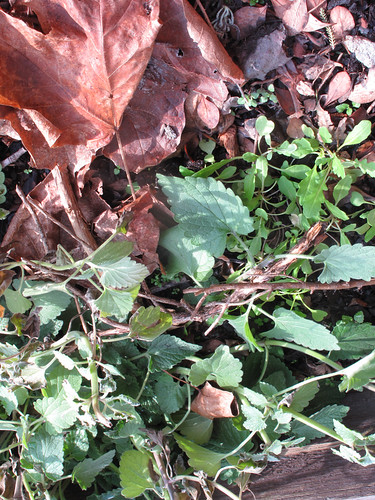 [b]Catnip[/b]
[b]Catnip[/b]
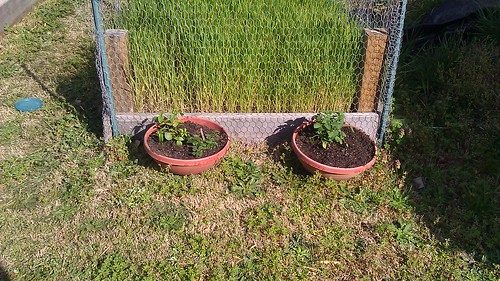 Catnip, Valerian Root or Honeysuckle?
Catnip, Valerian Root or Honeysuckle?
 [b]Catmint[/b]
[b]Catmint[/b]
